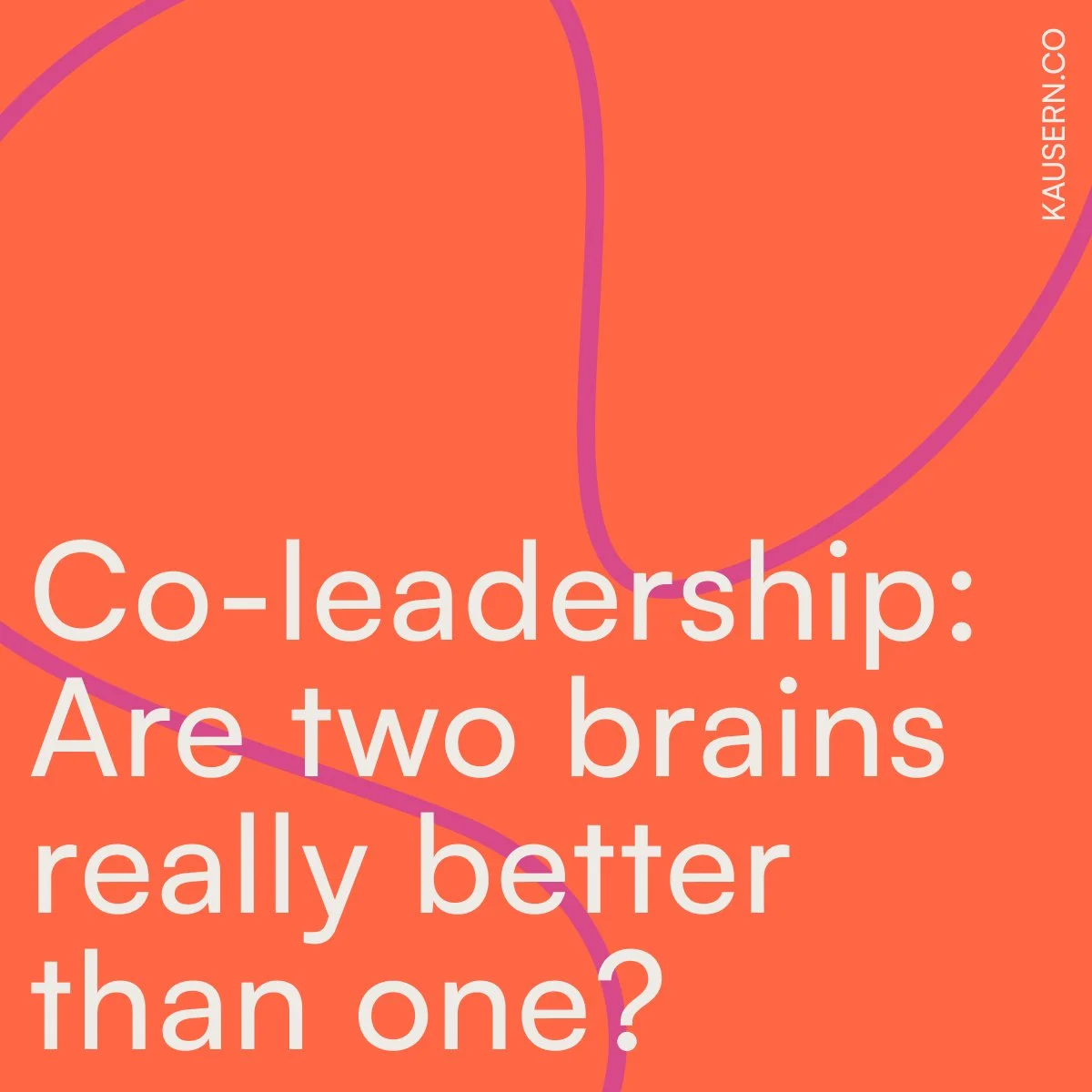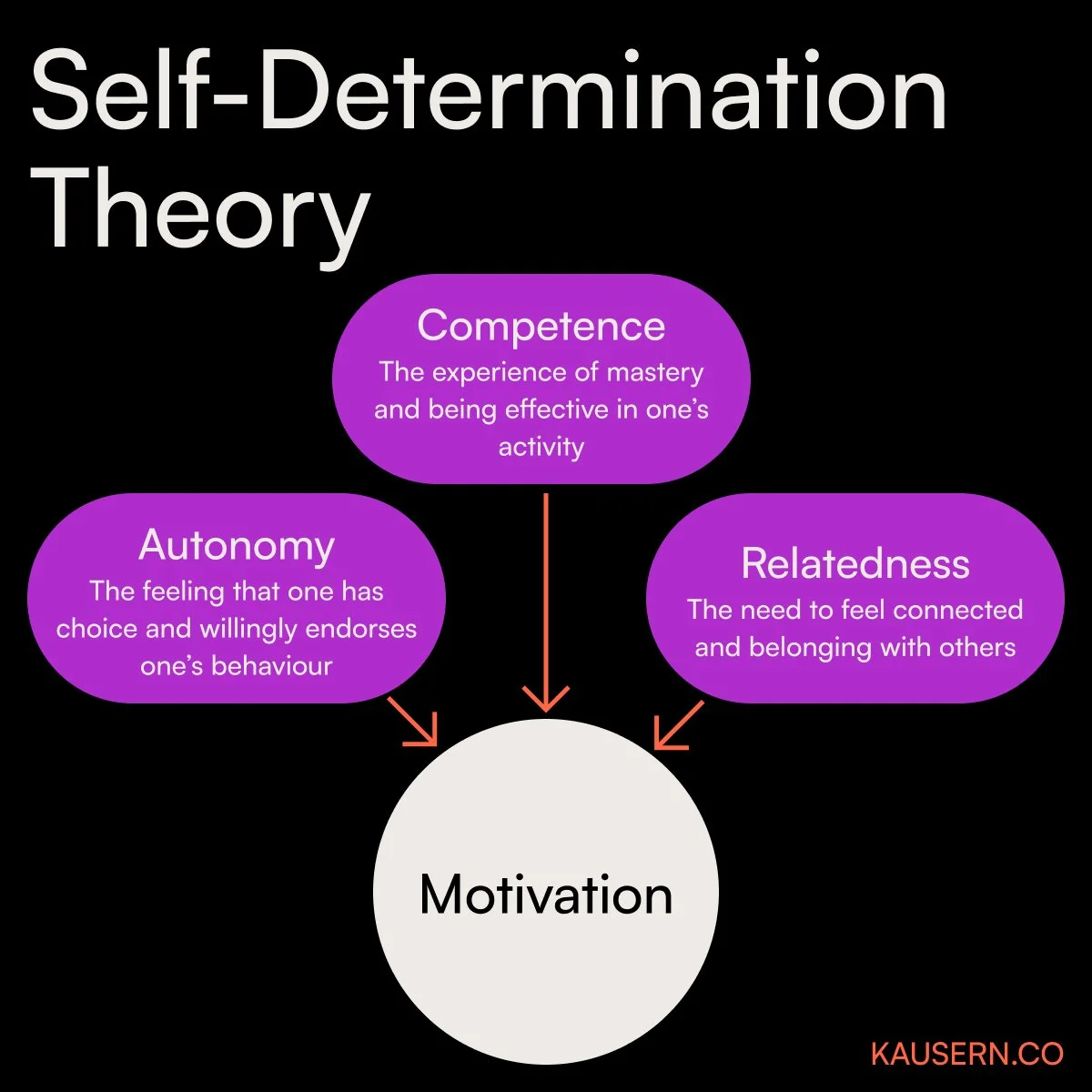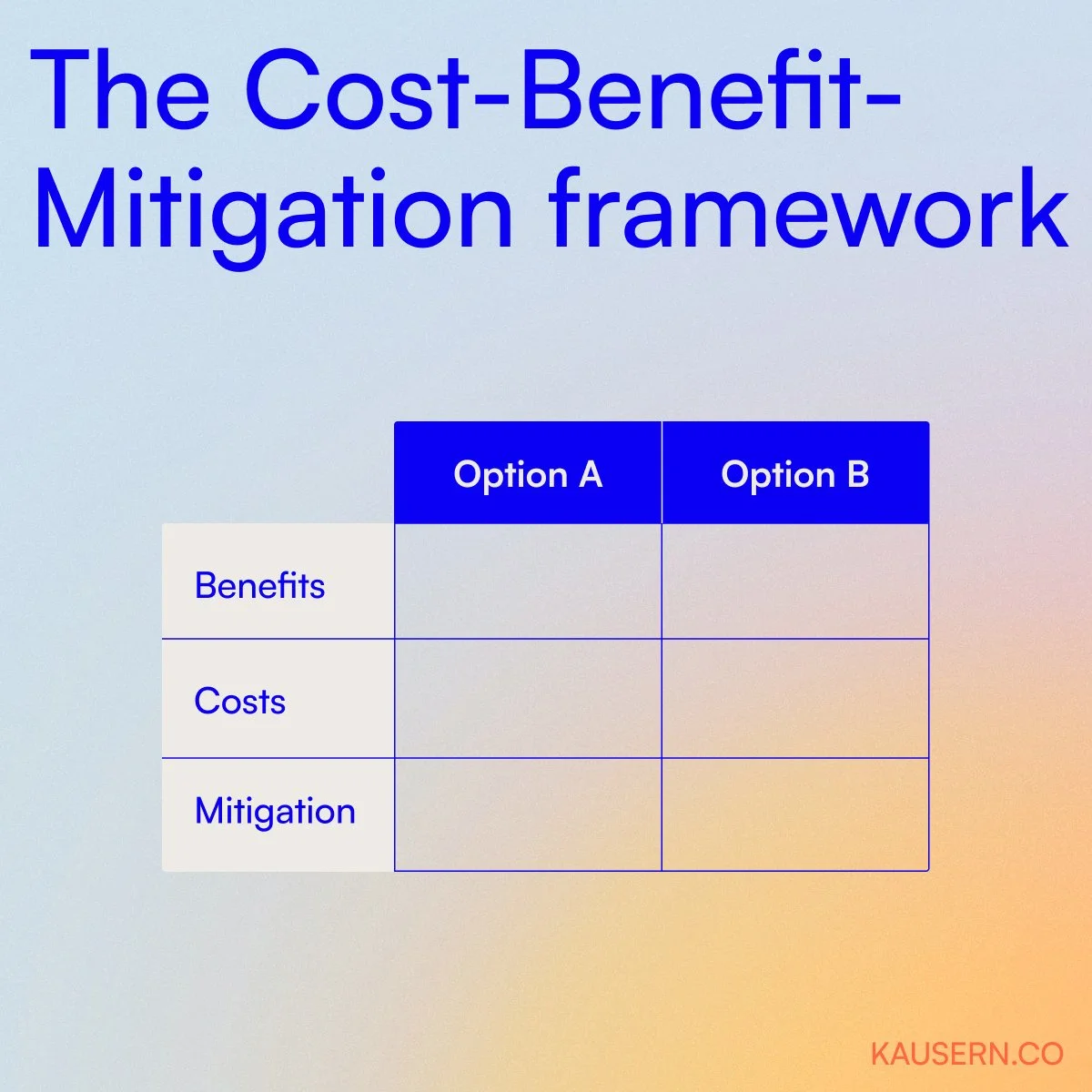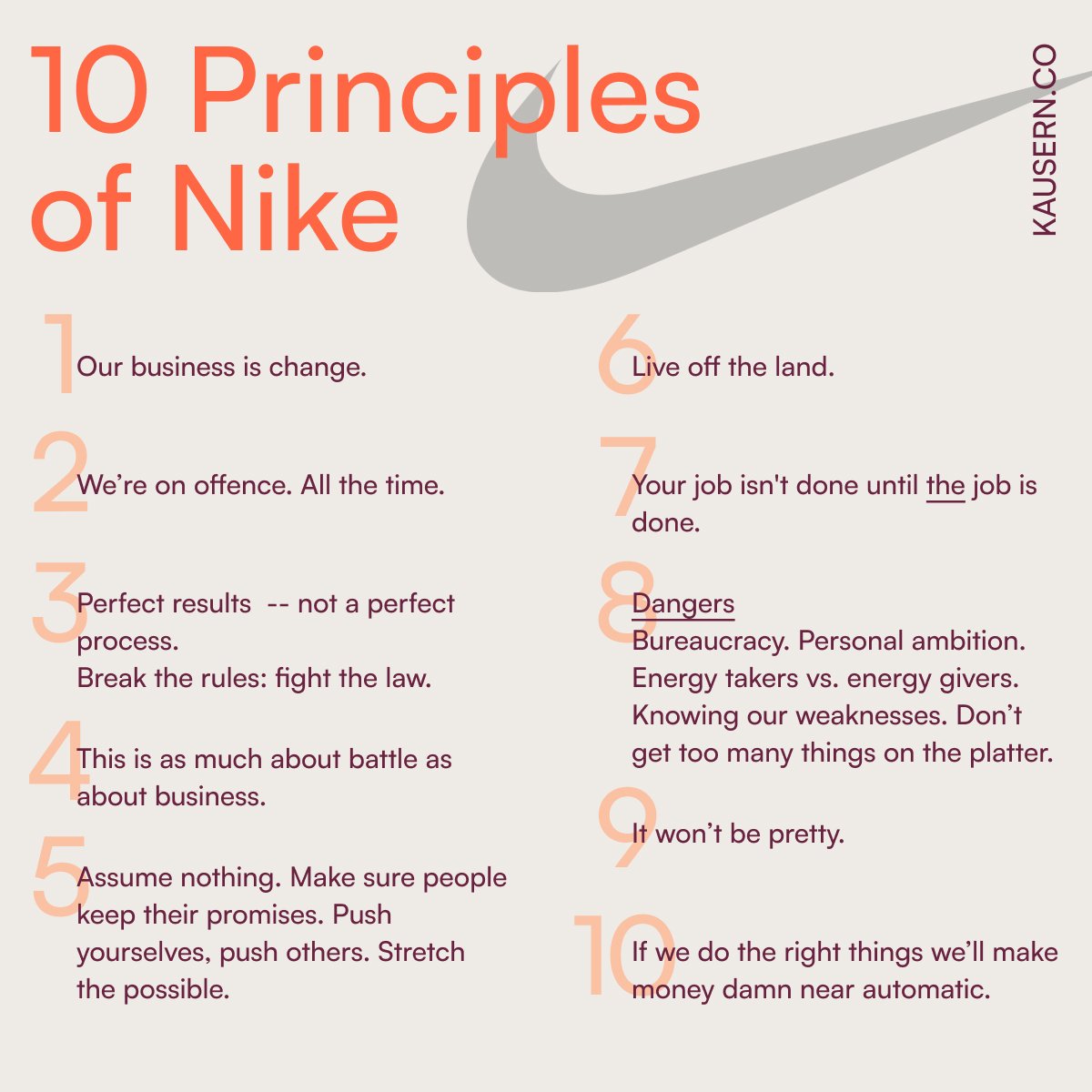Filter by —
Listening effectively
When it comes to being an effective coach-leader, an often overlooked but incredibly powerful skill is listening.
The CLEAR Coaching Model
Organisations and individuals are investing in coaching simply because it works. Coaching helps individuals clearly see themselves and the possibilities ahead of them.
The Iceberg Model
The Iceberg Model suggests that the behaviours and actions we usually see in people are just the “tip of the iceberg”, so to speak.
Co-leadership: Are two brains really better than one?
The concept of co-leadership sounds good on paper but is not easy to execute.
The Guilt Trip: How to set healthy boundaries with your boss
Having good personal boundaries makes good professional relationships but it can be a struggle, especially with an emotionally manipulative boss.
Self-Determination Theory
When motivation fails, all that’s left for us to do is get employees to do things. Is there a difference? Well, yes.
The Cost-Benefit-Mitigation framework
The Cost-Benefit-Mitigation framework enables teams to keep moving fast by making calculated decisions when faced with decision-making gridlocks involving two (or more) options.
The 10 principles of Nike
Lessons from a 45-year old internal memo that paved the way for Nike to become a $135B company.
Eliminate, simplify, automate & delegate: The four simple steps for higher productivity
In his book ‘The 4-Hour Workweek’, Tim Ferris dropped some profound productivity wisdom: “Never automate something that can be eliminated, and never delegate something that can be automated or streamlined. Otherwise, you waste someone else’s time instead of your own, which now wastes your hard-earned cash.”
Performance-culture matrix
The Performance-Culture matrix is a simple but powerful diagnostic tool to determine the suitability of a team member in the company. It allows the leadership team to quickly identify which of their team members need care and attention, up-skilling, alignment, or in some instances, to be managed out.
When to teach, mentor, or coach
One of the challenges a young manager faces is how best to support a team member’s development to improve their performance. When do we teach, mentor, or coach? These ‘helping’ methods all feel similar, but they have very different and specific uses. Here is a quick guide.
Avoiding mistakes a first-time CEO could make
This list was compiled by Edwin Miller based on his own experience. This list of mistakes is very helpful for first-time CEOs, and some of it is applicable to young leaders too.
4 types of power questions
One of the most essential life skills one should master is the ability to ask great questions. According to leadership expert John Maxwell, “Good leaders ask great questions”. Asking good questions is the very foundation of successful leadership.
Which candidate would you hire for - ‘Skill or Will’?
Skills are important to consider when hiring someone new, but probing candidates on their willpower should also be an essential part of the hiring process
Establishing authority without losing your friendships
How can you maintain my friendship with my team, while still establishing authority? It all comes down to one word: ‘No.’
The upsides of having imposter thoughts
While imposter thoughts are often considered negative and detrimental to our self-esteem, there are surprising upsides to people having imposter thoughts in the workplace
You cannot give what you do not have
To develop the skills of others, first we have to work on ourselves.
Can you handle the power?
Most of us desire increased responsibility like being promoted to a manager or even a senior leadership position, but we don't often think of the corresponding power that comes with it, or how it can change us if we’re not wired to handle it.
7 tips to a successful business turnaround for the new year
If you’re planning a turnaround for 2023, here are 7 points I gathered from the ‘How to Change Your Workplace’ episode from the podcast Work Life with Adam Grant:
How to become a human leader
Leaders today need to learn to be more ‘human’ if they would want to connect with their team on a deeper level. To foster this type of leadership approach, here are some suggestions:




















